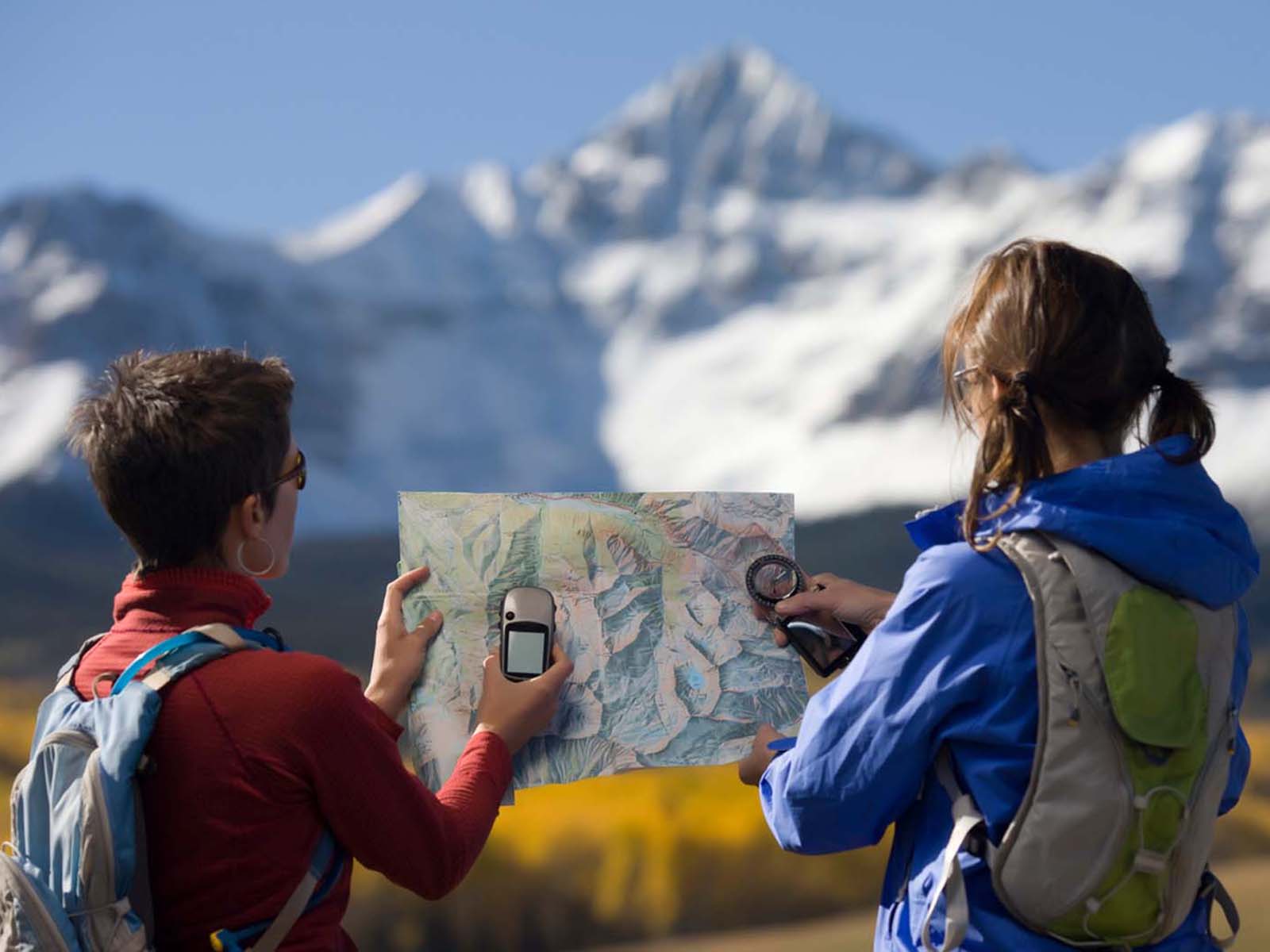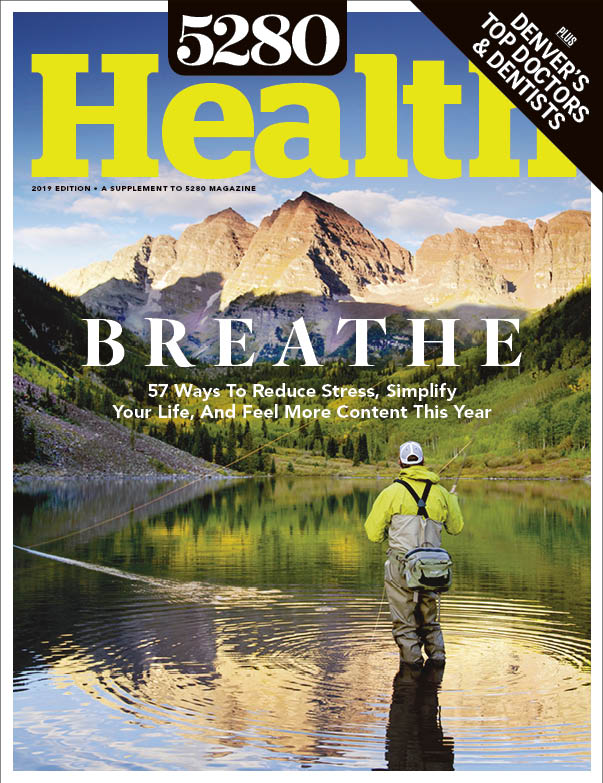The Local newsletter is your free, daily guide to life in Colorado. For locals, by locals.
We’ve all been there: that flash of panic when you realize you’ve taken a wrong turn in the wilderness. In fact, Rocky Mountain National Park (RMNP) has among the highest numbers of search and rescue operations in the entire national park system. What gives? Your anxiety comes down to a battle between brain regions: your cool, collected hippocampus—which tracks your movements with neurons called “place cells”—and the jumpy amygdala, which might hijack your body into a flight-or-fight meltdown if you suspect you’re lost. Give your hippocampus the upper hand with these three tips from RMNP chief ranger Mark Pita.
- Learn to read a topographic map (pull one off 14ers.com) and locate landmarks on your hike. Eyeball them along the way; it’ll help your place cells guide you back home.
- While you hike (or ski) into the woods, stop frequently to scan landmarks behind you, so when you’re headed back out, you’ll know that, for instance, the trailhead is below a rocky cliff. It’ll help you lock in your location so you won’t become disoriented.
- When you first suspect you’re off course, stop. Have a snack. Pool information with fellow hikers and their hippocampi. Then retrace your steps to your last known location.
Prep Work
Losing your way won’t kill you, but fleeing unprepared into unknown terrain as the light is fading just might. Make sure to pack these 12 essentials in case of internal GPS malfunction:
- Map
- Extra clothes
- Fire starter
- Navigation device(s)
- Extra food
- Headlamp
- First-aid kit
- Knife or
- multi-tool
- Extra water
- Bivy sac or tarp
- Sunglasses
- Sunscreen









